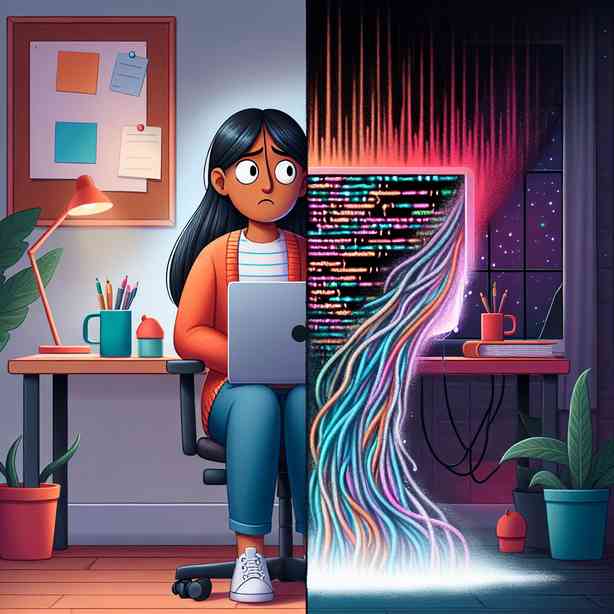
In the world of software development, a code freeze is often seen as a pivotal moment in the project lifecycle. It’s a time when all new features and changes to the codebase are halted, allowing developers to focus on fixing bugs, improving performance, and ensuring quality. However, the reality of a code freeze can sometimes be more complex than it appears. Developers might find themselves facing challenges that can lead to an environment where the freeze doesn’t feel like a true freeze at all.
The concept of a code freeze is typically introduced during critical phases of software development, such as before a major release or a product launch. The intention behind this practice is to stabilize the code, ensuring that it is reliable and functional enough for use. However, even during a code freeze, there can be a variety of pressures and circumstances that lead to the introduction of changes, which can complicate the situation for the entire team.
One reason why a code freeze may not feel like a freeze is the presence of high-priority bug fixes that emerge during testing phases. It’s quite common for teams to identify critical bugs that must be addressed immediately. If these issues could potentially affect end users or affect the release’s overall quality, team members might find themselves in a situation where they are making modifications to the code, thus undermining the intent of the freeze. While effective in ensuring software quality, these interventions can introduce further complications in the form of regression issues or unintended consequences.
Additionally, external stakeholder pressures can play a significant role in how strictly a team adheres to a code freeze. Stakeholders, such as product managers or clients, may insist on adding last-minute features, believing these changes will enhance the product. This can create tension within the development team, who are trying to maintain the integrity of the code freeze. The push and pull between stakeholder expectations and development best practices can lead to a scenario where the code freeze is compromised, with new features slipping in under the radar.
Moreover, the dynamics of team communication can also influence the effectiveness of a code freeze. During a code freeze, it is essential for the team to communicate openly about which elements may need exceptions, and to document any changes that occur. If communication falters or if certain team members are not aligned on what constitutes an emergency fix, the result can be confusion and spontaneity that erodes the freeze. A cohesive understanding of what is permissible during this time is crucial, but achieving that can be challenging in practice.
It’s also vital to consider the technical debt accrued during the life of a project. In some cases, teams might try to tackle existing technical debt during a code freeze, which can inadvertently lead to extensive changes and updates to the code. While addressing technical debt is often necessary for the long-term health of a codebase, doing so during a freeze can push a project off-course and lead to unforeseen complications.
The methodology behind how and when a code freeze is implemented can also contribute to its effectiveness. Some organizations adopt a more rigid approach, strictly enforcing a code freeze period. Others may have a more flexible structure that allows room for negotiation when exceptions arise. A flexible approach can be beneficial in ensuring responsiveness without completely abandoning the freeze’s principles, but it requires careful management and an understanding of the balance between rigor and responsiveness.
Regular meetings during this period can help address concerns and allow teams to define clear guidelines for what can be changed, if anything. It’s also a good opportunity to revisit the project’s overall goals, ensuring that everyone is on the same page, minimizing misunderstandings between developers and stakeholders. Ultimately, these discussions can be a valuable tool during the code freeze, allowing the team to maintain clarity while still addressing necessary changes.
Another aspect to look at is the psychological impact of adhering to a code freeze. Developers may feel isolated during a freeze, viewing it as a stagnant period. If team members begin feeling disconnected from the project, this can diminish overall morale, potentially affecting future productivity and quality. Making sure to celebrate small achievements and maintaining engagement throughout this period can go a long way toward mitigating these feelings.
In conclusion, while a code freeze aims to stabilize the software development process, various dynamics can complicate this goal. High-priority bugs, stakeholder pressures, communication issues, technical debt, and the nature of the freeze itself all contribute to a situation where the freeze may not feel like a true freeze. It’s crucial for development teams to navigate these challenges with clear communication, strong leadership, and a commitment to quality, ensuring that they prioritize the product’s integrity without losing sight of the project’s goals. By fostering an environment of collaboration and understanding, teams can enhance their ability to manage code freezes effectively, leading to better outcomes for the project and greater satisfaction for all involved.


